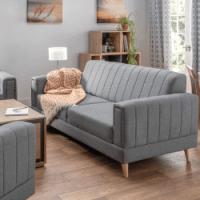Care Home Lounge Chairs – The Warmth of Textile Upholstery
Following the government’s announcement of the Adult Social Care Infection Control Fund we saw a rush to purchase faux leather lounge and dining chairs due to their perceived superior infection control qualities.

However, it is proven that both faux leather and textiles with anti-microbial protection are equally efficient at infection control and both have equivalent anti-microbial qualities. Textile fabrics give a much more homely look, are breathable and more comfortable for residents with frail skin. As we move into winter a fabric textile will also retain more warmth than a faux leather.
To bring an added element of interest and luxury, faux leathers can be combined with waterproof textiles to provide a duo style that reflects the personality of the home and gives the residents more of a feel of a ‘home away from home’. When you’re next looking at changing your chairs, why not consider a duo style combination of textile and a faux leather in high contact areas such as the seat and arms. A change in upholstery colours and textures on the chair is also helpful for residents living with dementia as this enables them to distinguish the outline of the chair against the flooring and can also help add interest to you care home interiors.
For a full explainer on the differences between textile and faux leather upholstery, click here.















